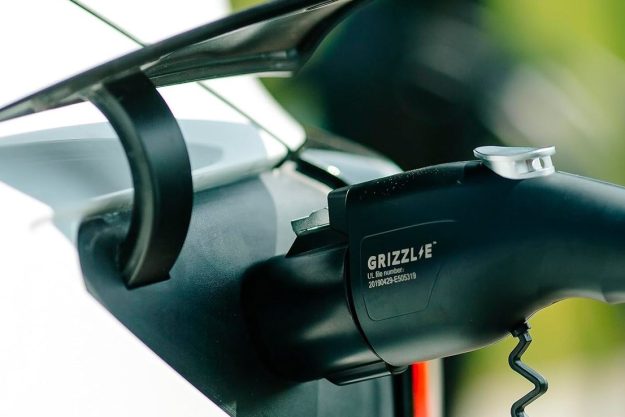Ford is looking to use technology to give consumers more accurate fuel economy data. At the 2013 New York Auto Show Jim Farley, Ford Executive vice president of global marketing, sales, service, and Lincoln announced the Personalized Fuel Efficiency Apps Challenge to spur creation of a better mpg calculator.
The goal of the Challenge is to “create an app to improve everyone’s fuel economy,” Farley said.
Ford will award $50,000 to the independent developer that creates the best app for measuring real-world fuel economy, and Ford will give developers full access to its software and hardware to make that possible.
“Customers are starting to tune out,” Farley said of current fuel economy measurements based on EPA test data. He also said EPA measurements are less-than-optimal because they aren’t universal and are subject to individual owners’ driving styles.
Ford’s alternative is based on data. Farley cited Mint.com, Nike+Fuel, and the fuel economy crowd sourcing site Fuelly.com as templates.
How will Ford acquire better data than a test designed specifically to measure fuel economy? By taking advantage of cars’ increasing self-awareness.
“Cars are rolling computers,” Farley said. An app could potentially harvest the data from the many sensors in most new cars, sensors that monitor everything from wheel speed to steering angle.
Through Ford’s Open XC architecture, developers will be able to access this data through the auto industry standard OBD II (onboard diagnostic) port. This will also allow any apps or future hardware to be able to “talk” to a car’s systems.
Ford launched a similar scheme at the 2013 Consumer Electronics Show (CES). The Ford Developer Program’s goal is to create an app designed specifically for the company’s Sync AppLink infotainment platform.
In recent months, Ford has had its own problems with the vagaries of fuel economy, too. Numerous reports that the fuel economy figures for the 2013 Fusion Hybrid and C-Max Hybrid don’t hold up in the real world became a public relations black eye last December.


